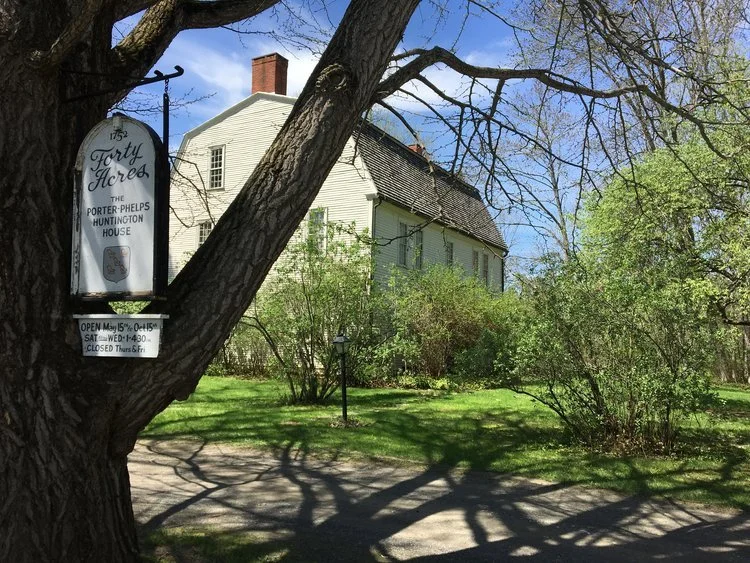Hadley farmhouse receives federal grant for historic preservation
Updated: Sep. 15, 2024, 5:39 p.m.|Published: Sep. 15, 2024, 5:31 p.m
Dave Canton | dcanton@repub.com
Stewards of a farmhouse constructed in 1816 in Hadley have received money from the National Park Service to revitalize the historic structure.
It’s one of seven western and central Massachusetts properties that were awarded National Park Service Paul Bruhn Historic Revitalization grants. Together, the awards totaled $650,000. The grants were announced recently by the Pioneer Valley Regional Ventures Center, a subsidiary of the Pioneer Valley Planning Commission. “These funds never came to Massachusetts before, so we applied on behalf of the Venture Center and received the full amount,” said Shannon Walsh, historic preservation planner for the PVPC. “These grants are specifically for rural communities, less than 12,500 populations and must have an economic development component.”
She said the Venture Center is a nonprofit arm of the PVPC that can accept and administer certain grants.
The grants are popular in other New England states, especially Vermont, Walsh said.
The Phelps Farm in Hadley received $100,000 part of the funding needed for the full restoration of the 1816 home and farm just off Route 47, also called River Drive, about three miles from the town center. The Asher Benjamin-designed farmhouse has deteriorated over the years, a far cry from the majestic homestead of Charles Porter Phelps, the wealthy attorney, international trader, and the scion of the nearby Porter-Phelps family estate. The interior of the house remains much as it did when the Phelps kids ran through the narrow hallways. Original wainscoting and moldings are caked with more than 200 years of coat after coat of paint. The floors of the upstairs creak and sway just a little with the passage of wary visitors.
The house remains almost as if in a time capsule. The two kitchens — summer and winter — remain as originally built, complete with brick cooking fireplaces. The formal parlor has its original fireplace as well, built around the flue that warmed the two floors of the building. Phelps built the homestead for his family of six children. The farm remained an active dairy farm well into the late 1980s and portions of the property are continuing to be farmed under agricultural preservation restrictions.
Some restoration work has begun on the property with a previous Community Preservation Act grant of $150,000, Porter-Phelps Foundation President Karen Sanchez-Eppler said.
An auxiliary roof was built over the original roof of a portion of the structure called “The El,” an extension of the main house proper to provide space that probably included workshop areas and perhaps some living spaces for farmhands. The roof-over-the-roof is designed to protect the old roof structure as it is rebuilt and reinforced. Sanchez-Eppler said the foundation hopes to bring the farm back to its original condition as part of the nearby Porter-Phelps-Huntington House Museum.
The other projects awarded the National Park Service grants in Massachusetts are the First Congregational Church in Blandford, which needs a new roof. Walsh said the church is owned by the Blandford Historical Society and sponsors a summer concert series.
Memorial Hall in Monson sought funding to improve its roof. Its auditorium area is used as a performance space. The Goshen Town Hall received a grant, as did the Methodist Episcopal Church in Ware and the Phelps Farm in Hadley.
Two Worcester County properties were included in the regional grant in conjunction with the Central Massachusetts Regional Planning Commission. The Hardwick House in Hardwick and the Richard Sugden Public Library in Spencer received funding.
The grants run between $50,000 and $100,000 per project, with the money to be used for gap funding to aid in the rehabilitation of underutilized or endangered historic anchor properties. All eligible projects were previously listed on the National Registry of Historic Places and the projects are slated to be completed by August 2026.











